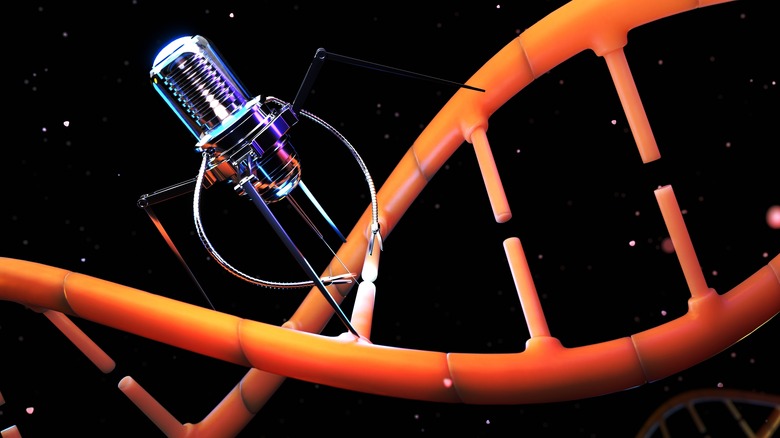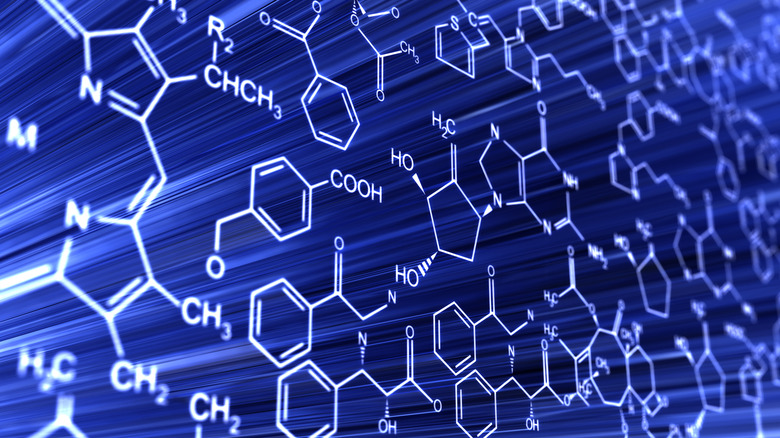What Is Nanotechnology And How Does It Work?
Most of us don't interact with the nanoscale in our day-to-day lives — not consciously, anyway. The nanoscale is small. Incredibly, fantastically, unfathomably small. A nanometer is a measurement of distance — a billionth of a meter, to be precise (and a meter is roughly 3 feet and 3 inches). If we could somehow blow up a meter until it was the size of the Earth, a nanometer would be about the size of a grape.
In a nutshell, nanotechnology is the use of technology to assemble, disassemble, and otherwise manipulate things at this tiny scale. That means controlling individual molecules, or even individual atoms. For example, you could fit about four water molecules end-to-end in one nanometer. Of course, water molecules, like pretty much everything else at this size, don't necessarily want to line up in a neat and orderly way. That's what makes this such a challenging field to work in.
In fact, nanotechnology isn't really a field of its own. It's the point where chemistry merges with nuclear physics, and quantum physics casts its spooky shadow. Molecular biology can also find its way onto the nanoscale stage. A strand of DNA, which is really a dense and rich medium for storing information, is about two nanometers in width, demonstrating the immense power of the world of the very small. Difficult as nanotechnology is to develop and implement, its potential uses range from the medical to handwritten circuitry and even "living robots." And that's only the start.
The universe is not built of Legos
So how does all of this work? Well, that's still something of an open question. Part of the difficulty lies in being able to distinguish between raw materials — individual atoms or molecules — and the nanomachines that are manipulating them. That's because the machines are themselves made up of atoms and molecules that interact with the materials very differently than something at the macroscale like a robotic arm. Nanomachines can't grip and lift and push in the same way due to the powerful effects of electrochemistry at that scale.
However, those hurdles can also provide new opportunities. For example, Cas9 is an enzyme capable of following instructions to cut a strand of DNA in a specific place. Scientists have figured out how to use this natural nanomachine to precisely repair damaged DNA. This demonstrates that, at least in principle, atoms and molecules can be arranged in such as way as to act like controllable machines at the nanoscale. And if one nanomachine can exist, so can others.
An important area of interest is self-replicating nanobots. The goal of these machines would be to build more copies of themselves. A single nanobot manipulating one atom at a time would take unpractically long to assemble anything sizable, but a single nanobot that could make a copy of itself in an hour would wind up with over 16 million copies of itself after a day thanks to exponential growth, and these machines could then work together to assemble larger products in less time. That's the hope, anyway.

